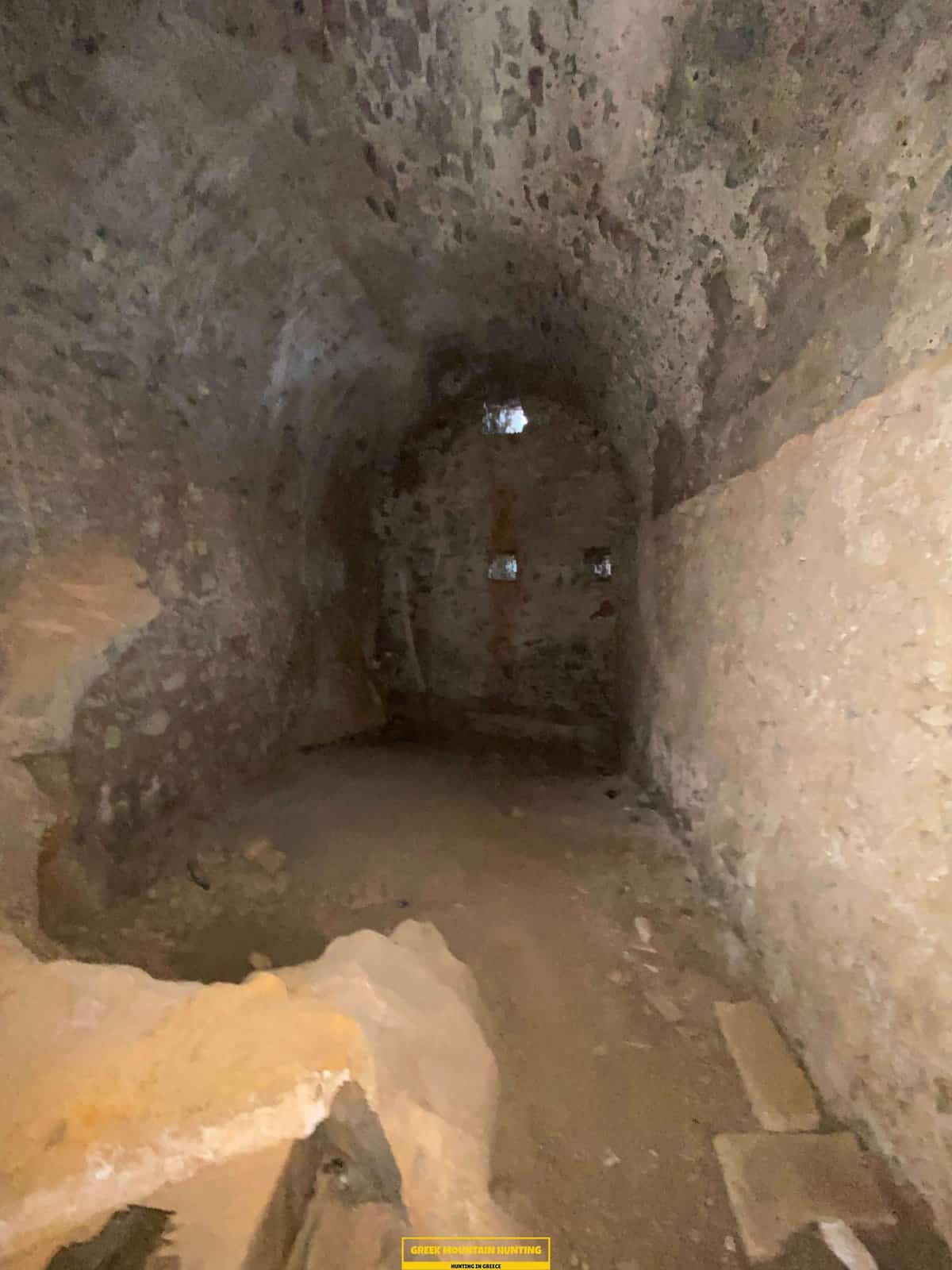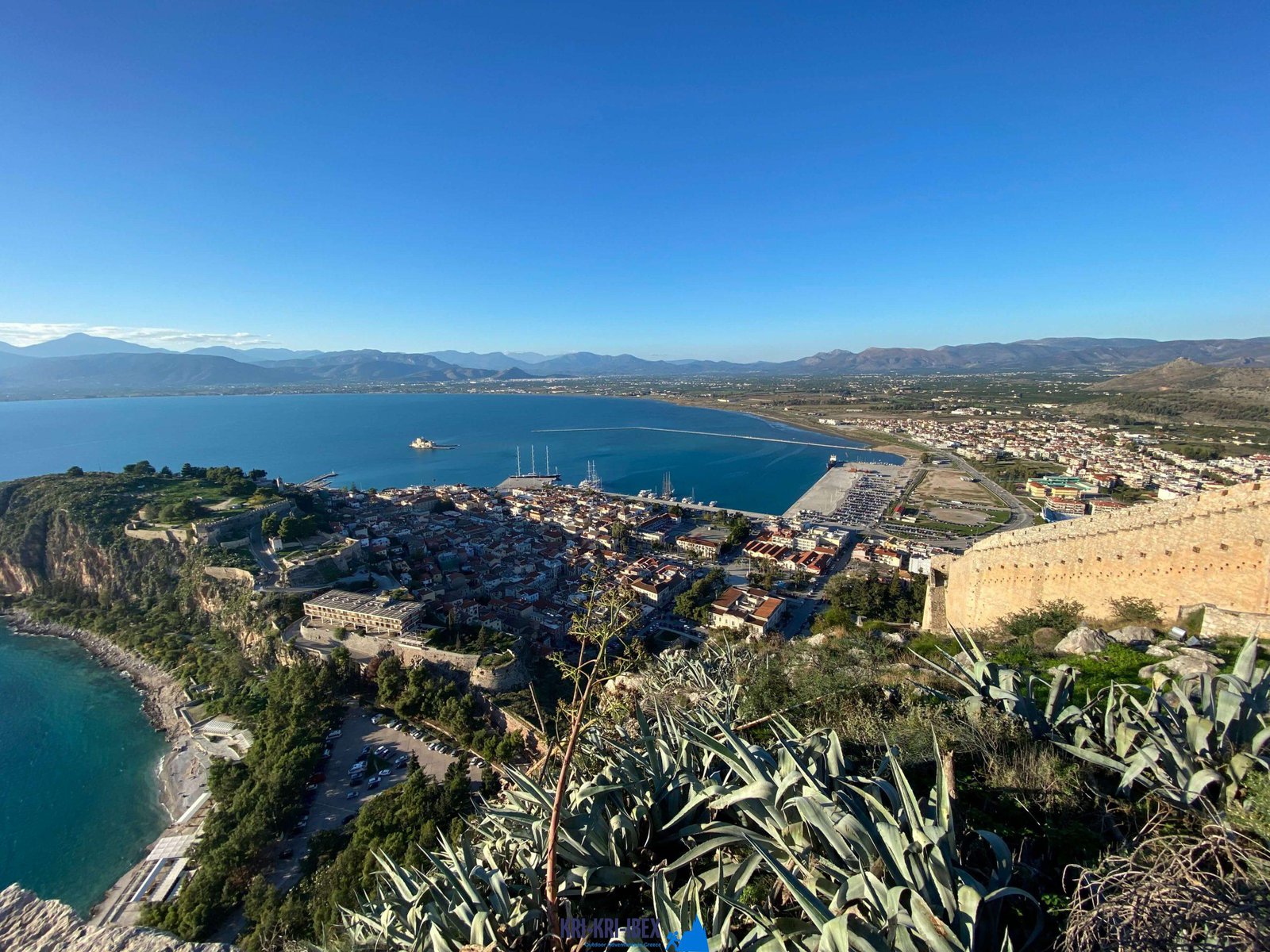
Hunting for Kri Kri ibex in Greece is an exciting searching and an unbelievable holiday exploration all rolled right into one. For most seekers, ibex hunting is a hard task with miserable conditions, yet not in this situation! Throughout five days of exploring old Greece, diving to shipwrecks, and spearing, you'll encounter gorgeous Kri Kri ibex on an exotic island. What else could you want?

Hunting the kri kri ibex in Greece can be a challenging undertaking. Searching large game in Greece is tough for international hunters. Swine as well as roe deer are the single choice for local hunters besides the kri kri ibex, which is only hunted in carefully protected special searching areas such as particular islands. The Kri Kri Ibex and also mouflon can just be fired on unique searching locations from morning up until twelve noon, according to Greek regulation. Slugs are the only ammo allowed. You must book a minimum of a year ahead of time for a permit. To ensure that only significant seekers are allowed on these trips, the Greek Ministry of Nature and also Agriculture concerns licenses. To ensure that the federal government problems a particular variety of licenses annually.
What to Expect on a Peloponnese Tour? You can anticipate to be blown away by the natural charm of the location when you book one of our searching as well as touring Peloponnese Tours from Methoni. From the immaculate beaches to the mountains and woodlands, there is something for everyone to enjoy in the Peloponnese. On top of that, you will have the chance to taste several of the most effective food that Greece has to provide. Greek cuisine is renowned for being tasty and also fresh, and also you will absolutely not be disappointed. One of the very best components concerning our scenic tours is that they are designed to be both enjoyable and also academic. You will certainly learn more about Greek background as well as culture while additionally reaching experience it firsthand. This is an outstanding possibility to immerse yourself in everything that Greece has to provide.
If you're seeking an authentic Greek experience, after that look no more than our outdoor searching in Greece with angling, and also totally free diving excursions of Peloponnese. This is an extraordinary way to see whatever that this fantastic region needs to offer. Reserve your scenic tour today!
What is the diference between Kri Kri ibex, Bezoar ibex and hybrid ibex
The kri-kri is not thought to be indigenous to Crete, most likely having been imported to the island during the time of the Minoan civilization. Nevertheless, it is found nowhere else and is therefore endemic to Crete. It was common throughout the Aegean but the peaks of the 8,000 ft (2,400 m) White Mountains of Western Crete are their last strongholds–particularly a series of almost vertical 3,000 ft (900 m) cliffs called ‘the Untrodden’—at the head of the Samaria Gorge. This mountain range, which hosts another 14 endemic animal species, is protected as a UNESCO Biosphere Reserve. In total, their range extends to the White Mountains, the Samaria National Forest and the islets of Dia, Thodorou, and Agii Pandes.
This Ibex is NOT a diminutive form of the Bezoar Ibex, which has migrated into the western-most reach of the range of this species. The kri – kri (Capra aegagrus cretica), sometimes called the Cretan goat, Agrimi, or Cretan Ibex, is a feral goat inhabiting the Eastern Mediterranean, previously considered a subspecies of wild goat. The kri-kri has a light brownish coat with a darker band around its neck. It has two horns that sweep back from the head. In the wild they are shy and avoid tourists, resting during the day. The animal can leap some distance or climb seemingly sheer cliffs.
“The agrimi goat Capra aegagrus cretica is unique to Crete and its offshore islands. It has been identi®ed as a sub-species of the wild bezoar goat Capra aegagrus aegagrus Erxleben, 1777, which it closely resembles in horn shape, body form and coloration. This classi®cation has been disputed by some researchers who claim that the agrimi are feral goats, derived from early domestic stock brought to the island by the ®rst Neolithic settlers. In order to clarify this issue, DNA analyses (cytochrome b and D loop sequences) were carried out on tissue of live and skeletonized agrimi and compared to sequences of wild and domestic caprines. Results conclusively show the agrimi to be a feral animal, that clades with domestic goats (Capra hircus) rather than with wild Asiatic bezoar. This study demonstrates that morphometric criteria do not necessarily re¯ect genetic af®nities, and that the taxonomic classi®cation of agrimi should be revised.”